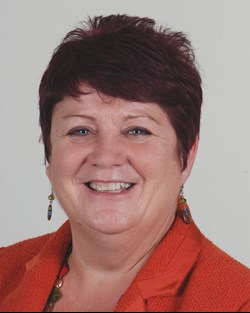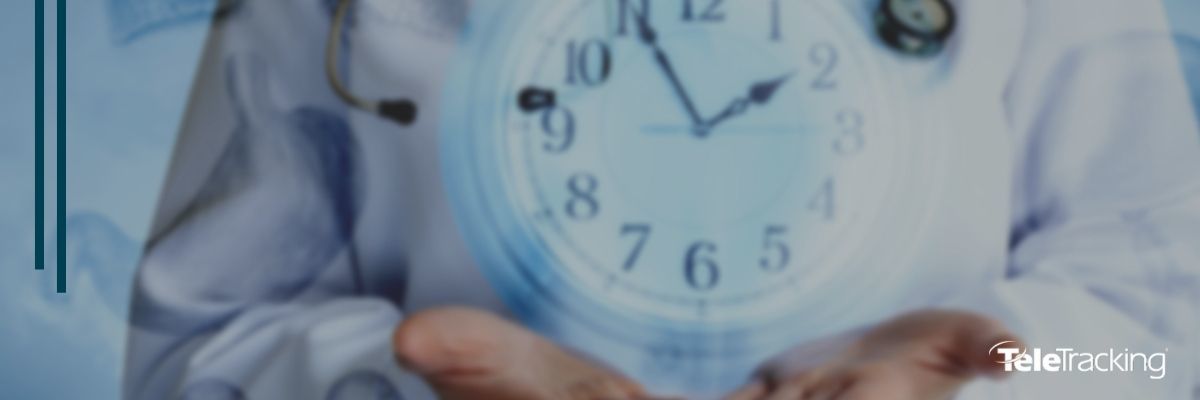 Neil Griffiths
Neil Griffiths
Managing Director, UK
Neil Griffiths is an experienced healthcare executive, bringing more than 20 years of public and private sector experience to TeleTracking’s UK operations. In his role as Managing Director, he is leading the UK business and is part of the global TeleTracking senior leadership team.
With his deep understanding of hospitals and experience of managing change, Neil ensures that TeleTracking’s approach and solutions are deployed in the most effective way to support long-term, sustainable impact.
Neil was the Deputy CEO and a board member at University College London Hospitals NHS Foundation Trust (UCLH), one of the leading acute academic hospital providers in the UK. In that capacity, he was responsible for the development of uclhfuture, the Trust’s ambitious transformation strategy that combines the creation of new operating processes and use of technology with the development of leadership and change management capabilities.
Neil was the entrepreneurial leader and a board member for the McKinsey Hospital Institute (MHI) in the UK. Neil holds an MBA from the University of Westminster and a BSc in Politics from the University of Bristol.
 Deb Sutton
Deb Sutton
Director, Client Support, UK
Deb is an inspirational leader with an unrivaled track record of delivery across both primary and secondary care in the NHS. She has held senior executive positions in local government, health and housing organisations with extensive experience of working with boards.
Deb has a wealth of skills and experience in leadership, change management, coaching and mentoring and is an NHS operational transformation/turnaround specialist. Before joining TeleTracking, Deb was a Director at CPA Consulting Ltd, a successful niche consultancy providing transformation and turnaround solutions to NHS organisations. She has an impressive track record of delivering excellent results, particularly in challenged trusts.
Deb is passionate about the NHS and brings patient focus and NHS operational expertise to TeleTracking's transformation process. As Director of Client Support UK, Deb's role is to support our clients to deliver tangible operational outcomes from our technology.


